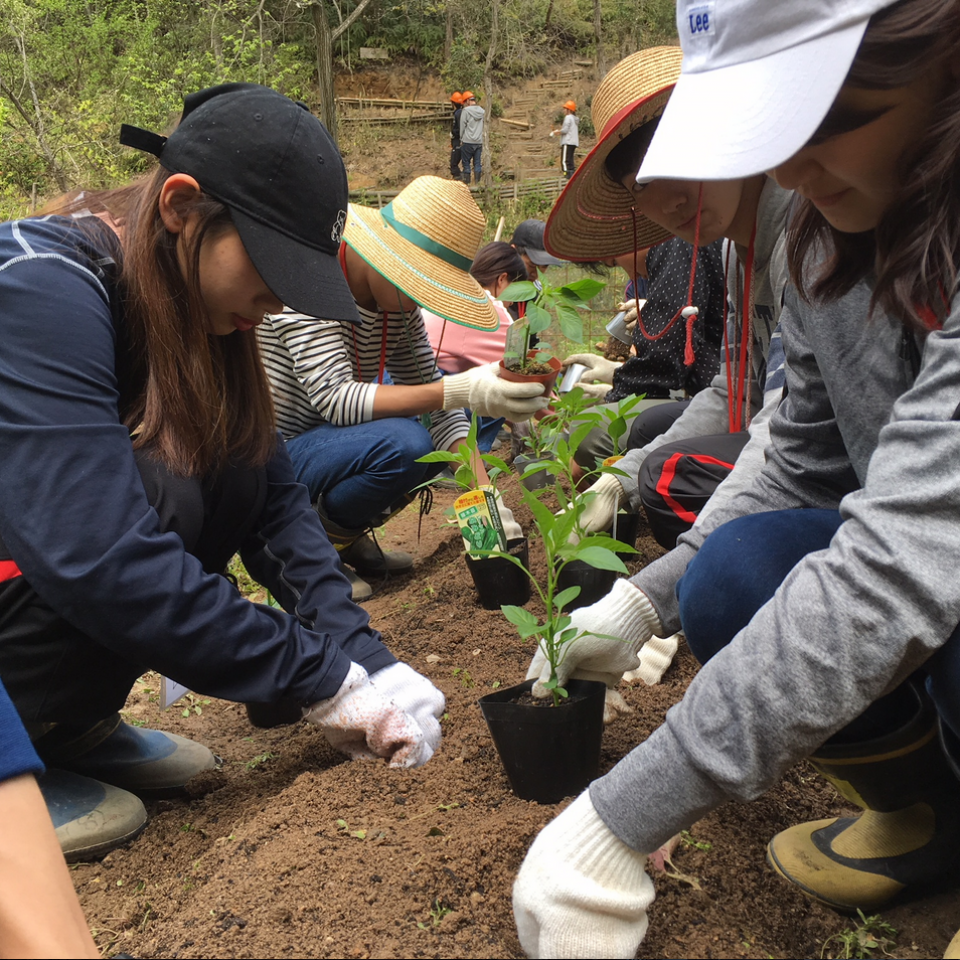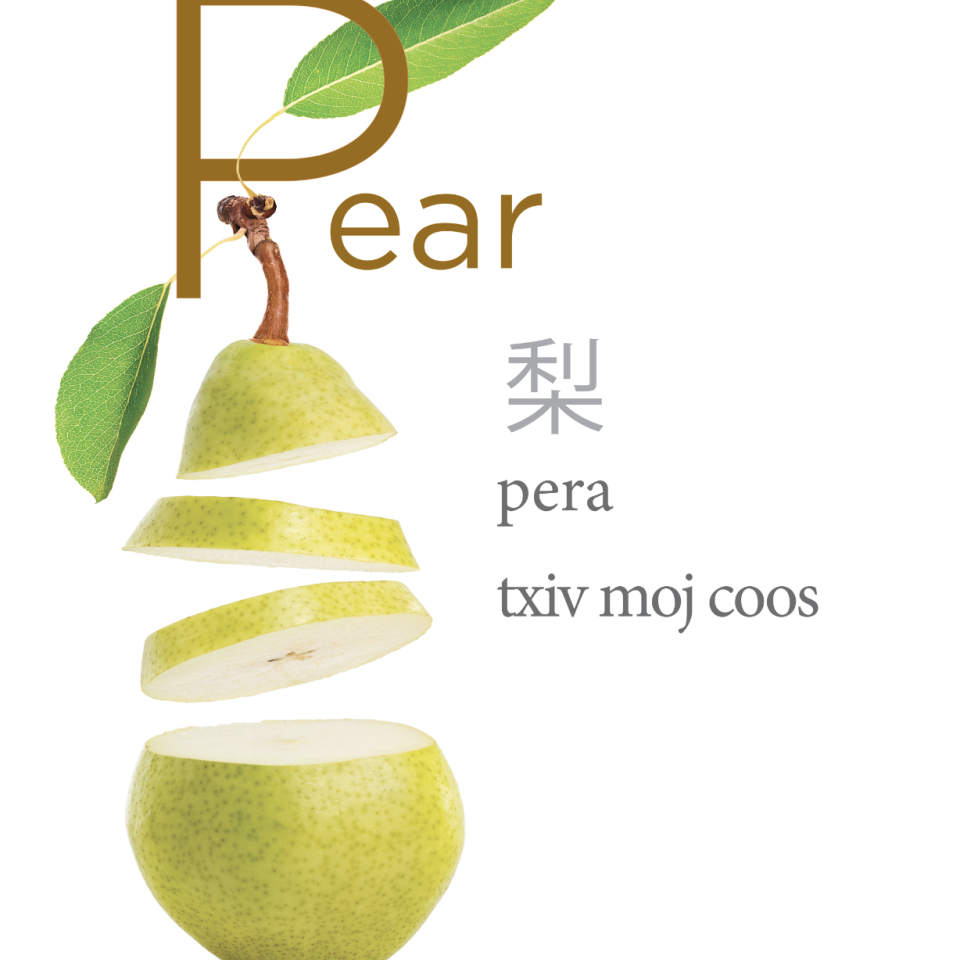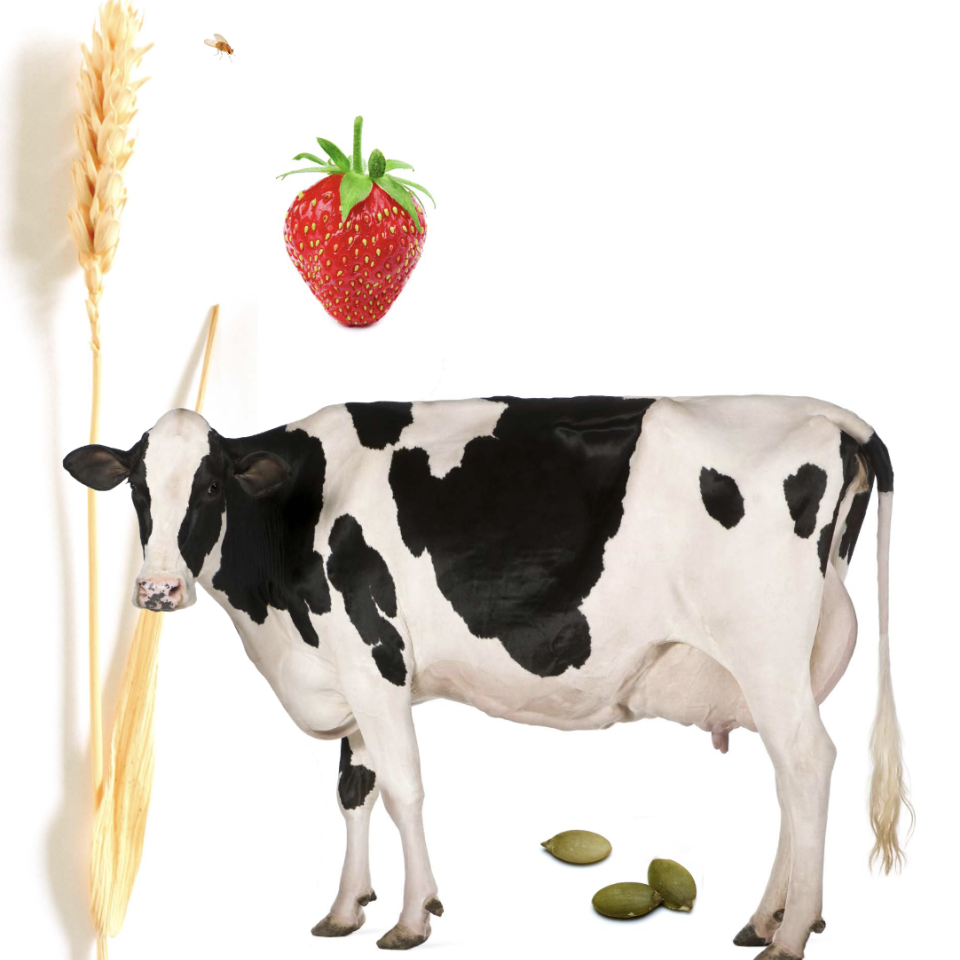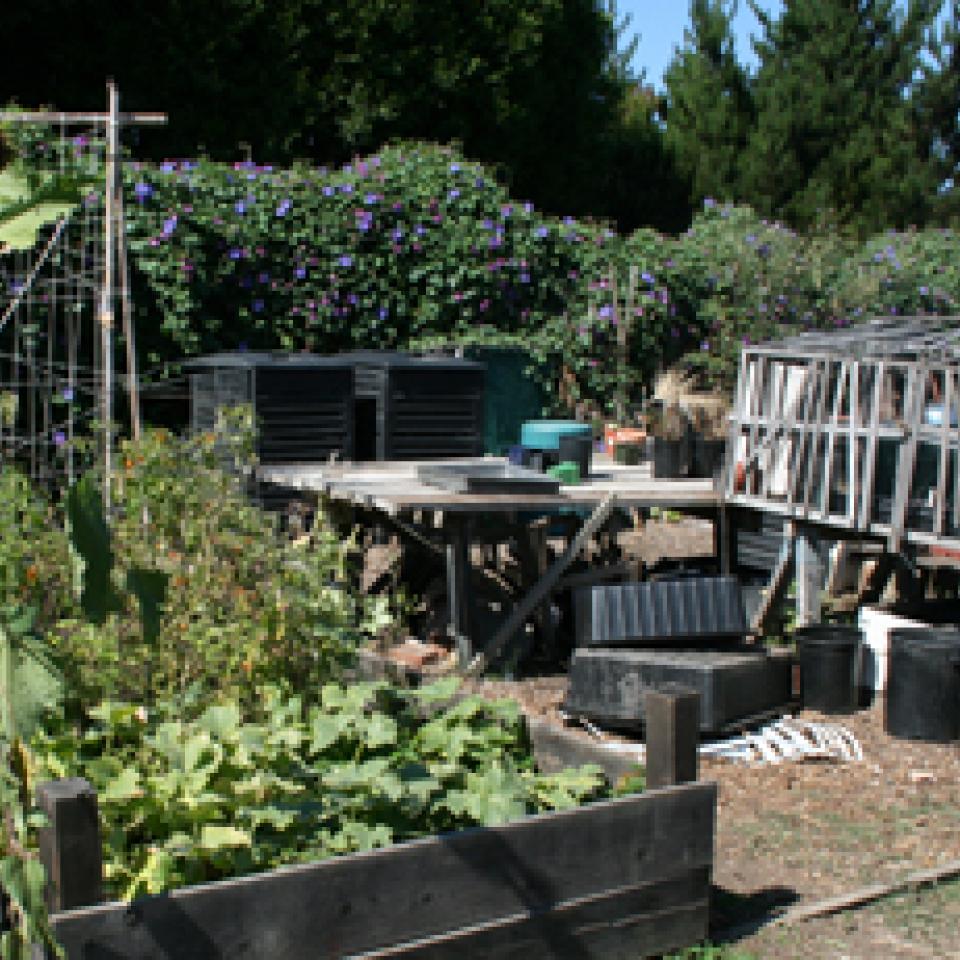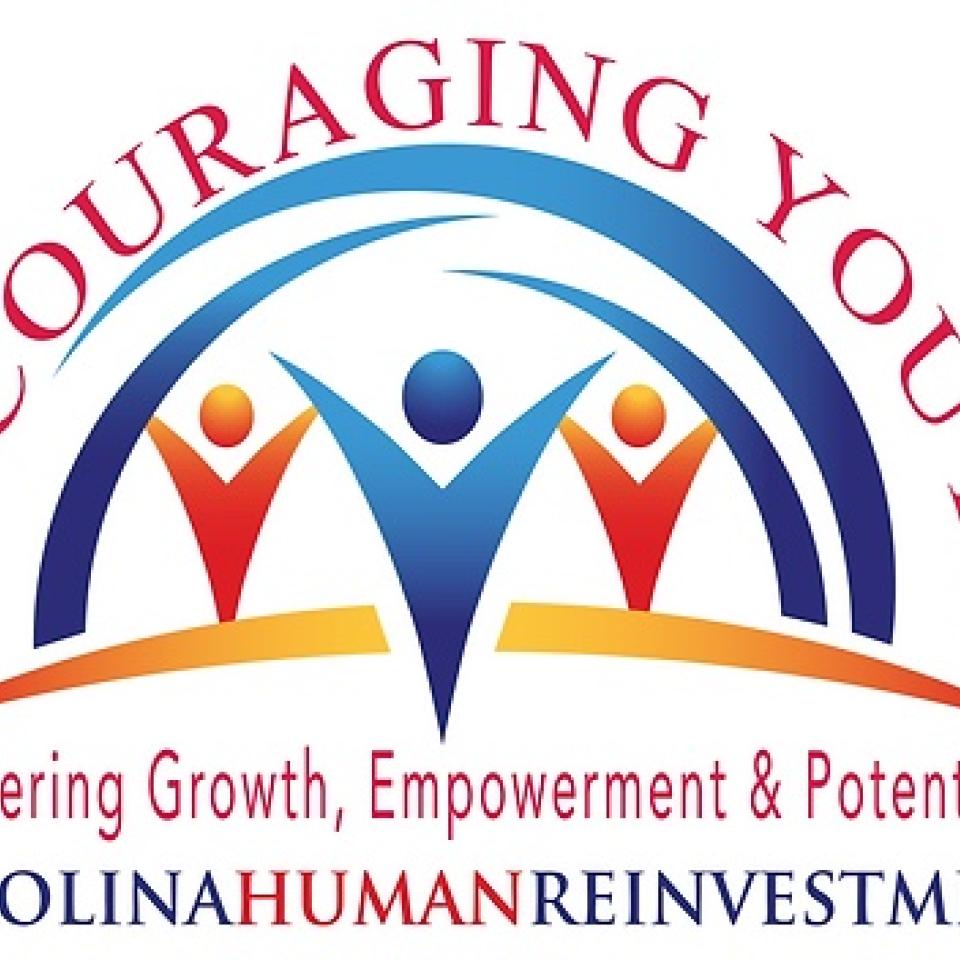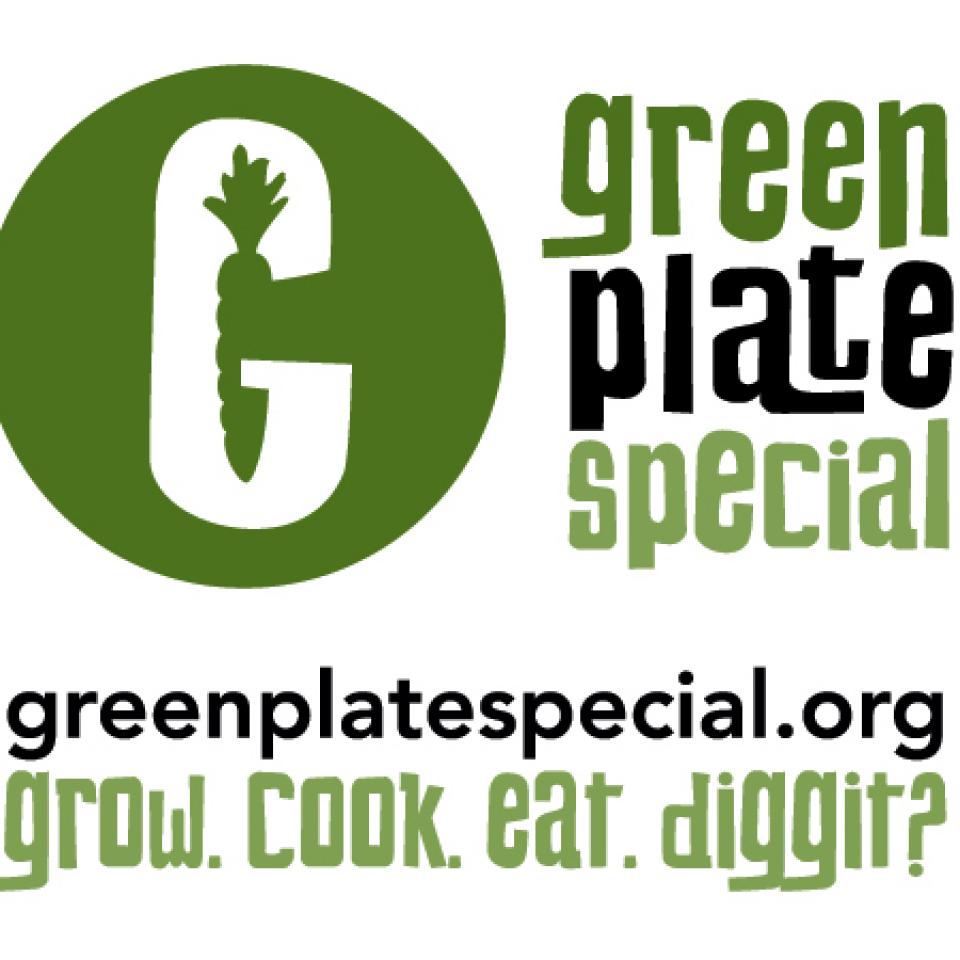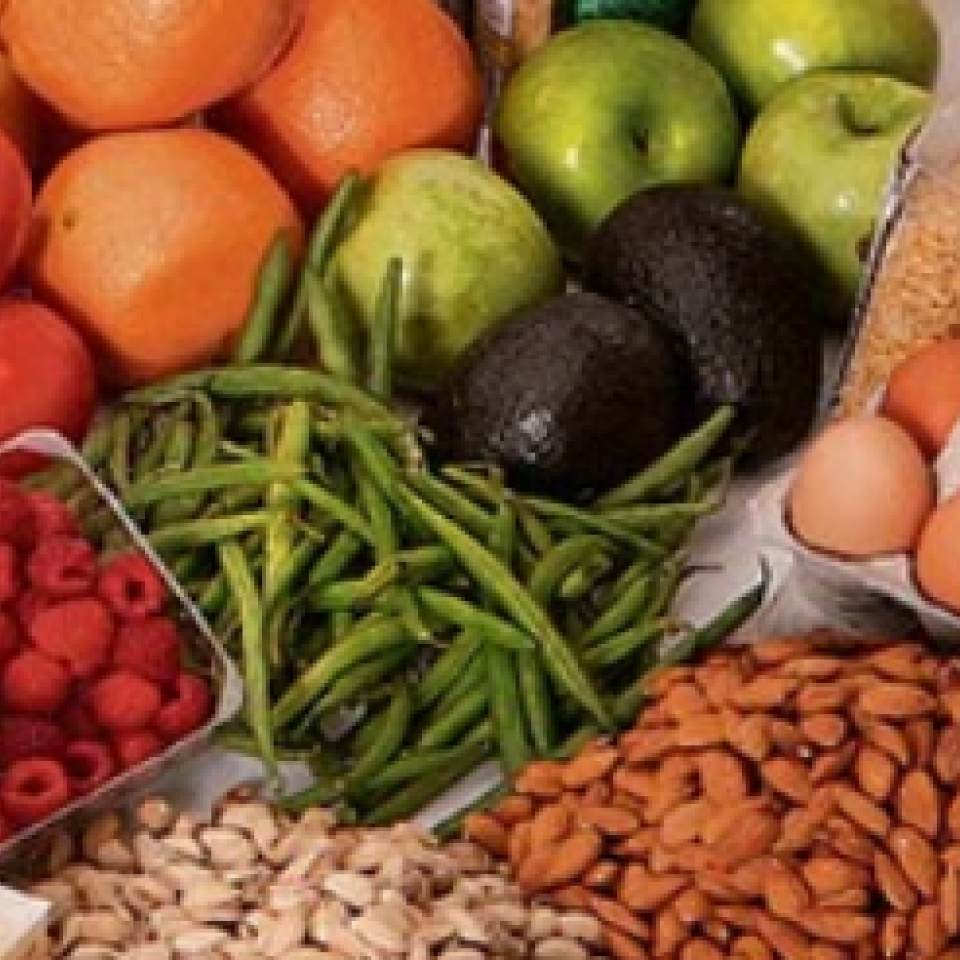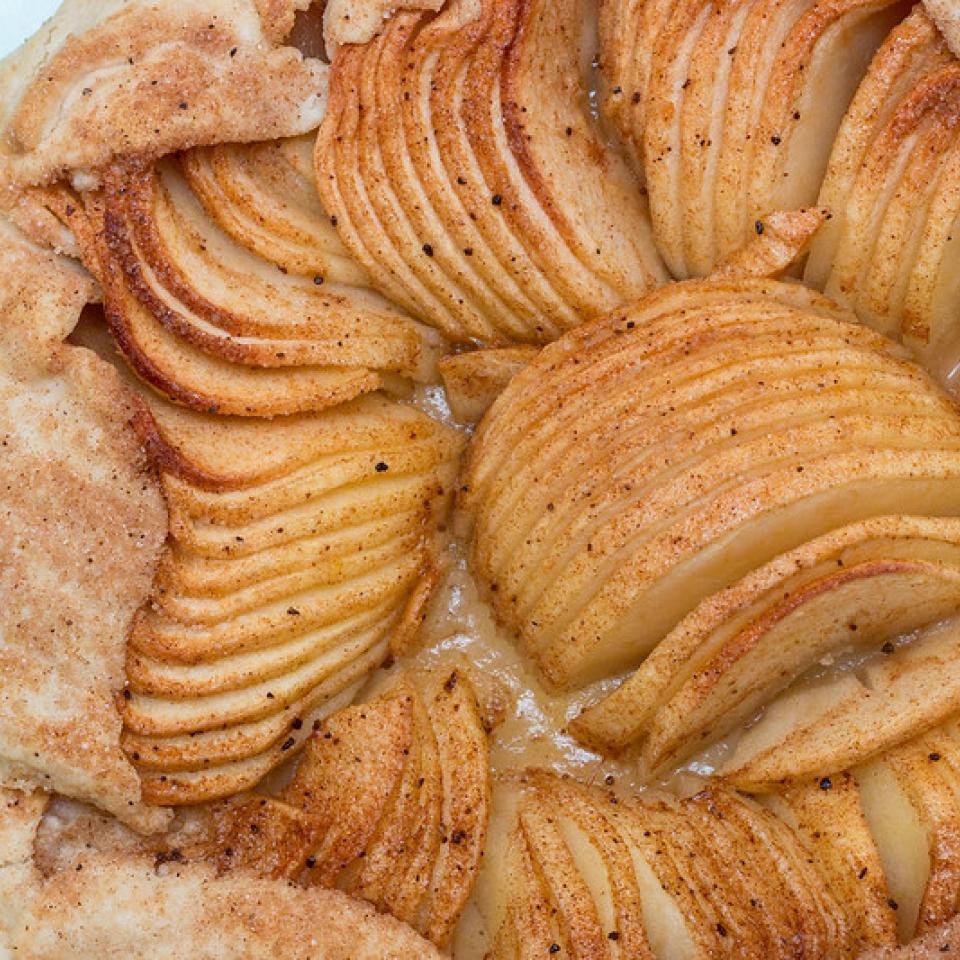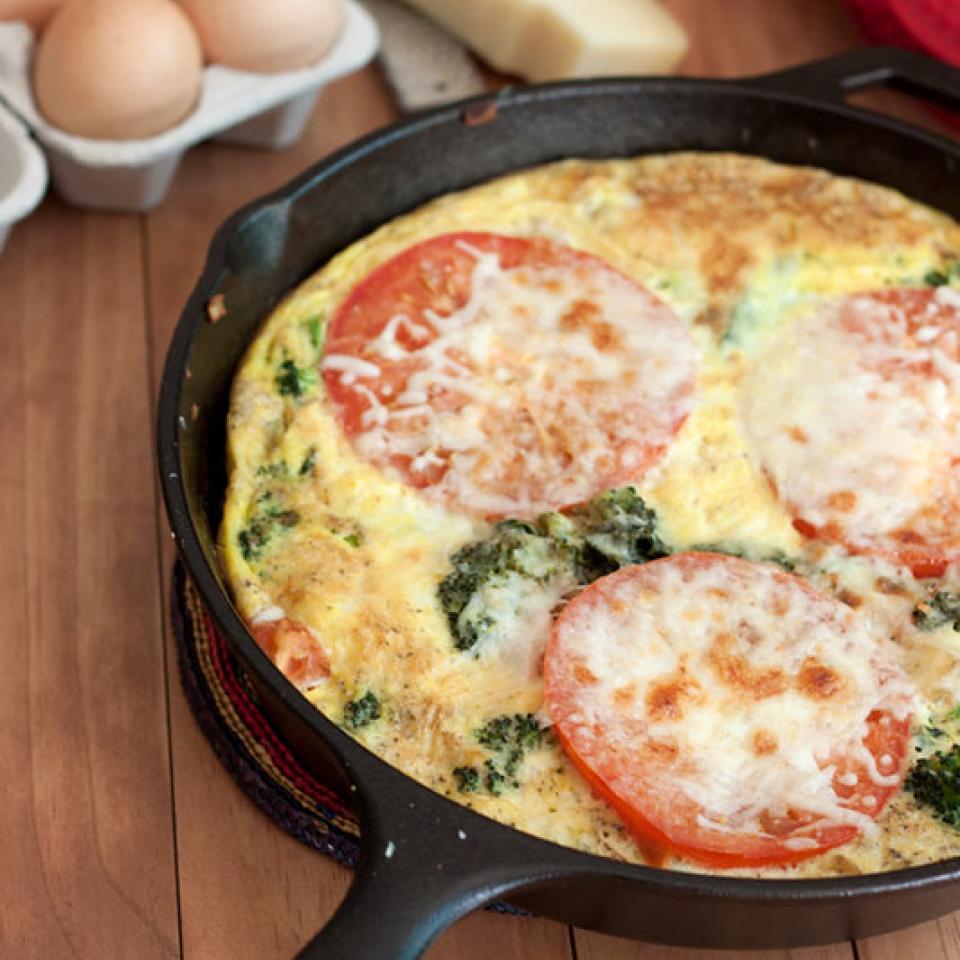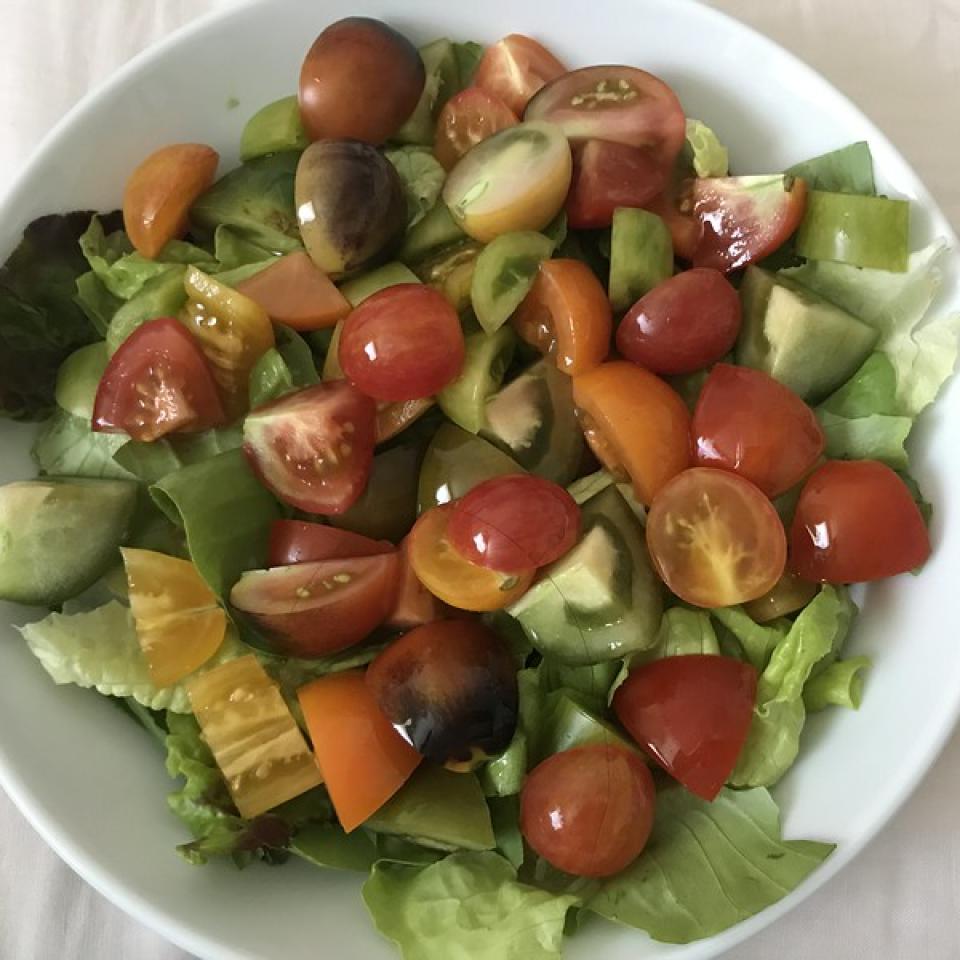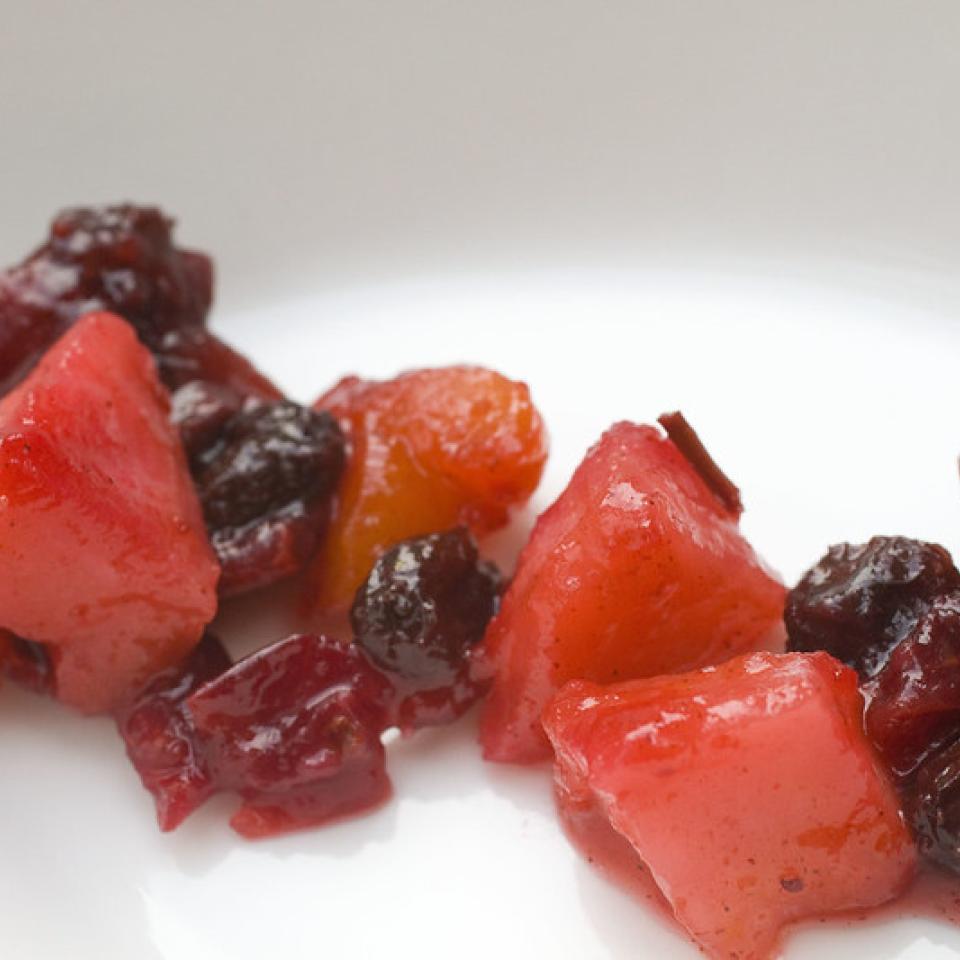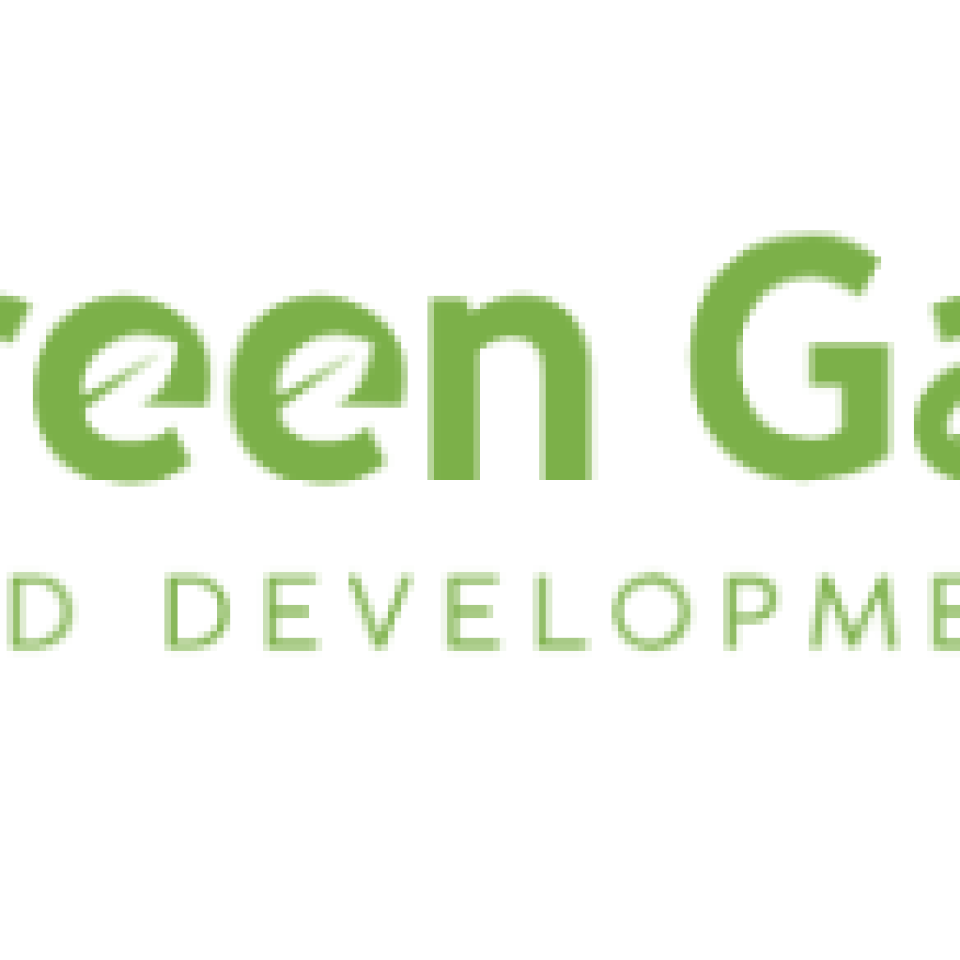
Search
6114 Results
Hiroshima
Hiroshima-shi
This Eating Learning Growing guide provides a framework, activities, and reflections that help educators enhance farm to school lessons to make them more culturally relevant and celebrate fruits and vegetables.
How does climate change affect the foods we eat? How does our food affect climate change? And how can we develop healthy responses to meet the climate challenges our young people will face?
Ciudad de México DIF
MexicoSão Paulo - SP
BrazilBoulder, CO
United StatesPawleys Island, SC
United StatesSeattle, WA
United StatesIn this lesson, students explore the common causes and environmental and community impacts of food waste. They brainstorm potential solutions to reducing food waste, in their own lives and more broadly.
In this lesson, students explore how flexible recipes – such as a galette – can be one strategy for using a wide variety of foods in order to reduce personal food waste.
In this lesson, students explore how flexible recipes – such as a frittata – can be one strategy for using a wide variety of foods in order to reduce personal food waste.
In this lesson, students explore the environmental hazards of landfills and prepare a soup using parts of food that would have otherwise been discarded.
In this lesson students will explore what it means for food to be a commodity, what makes food edible but not sellable, and how to can make informed decisions with what we choose to eat. Students will prepare a salad using “imperfect” produce.
In this lesson, students will learn how we define food waste (edible food that gets thrown away instead of eaten) and discuss the amount of food wasted in the US (about ⅓ of all produced).
Below is a collection of Edible Schoolyard lessons that explore approaches for reducing food waste. Reducing food waste is not only important from an environmental and equity standpoint, but is also an opportunity for creative uses of food and ingredients.
Clawson, MI
United StatesMadison Heights, MI
United States